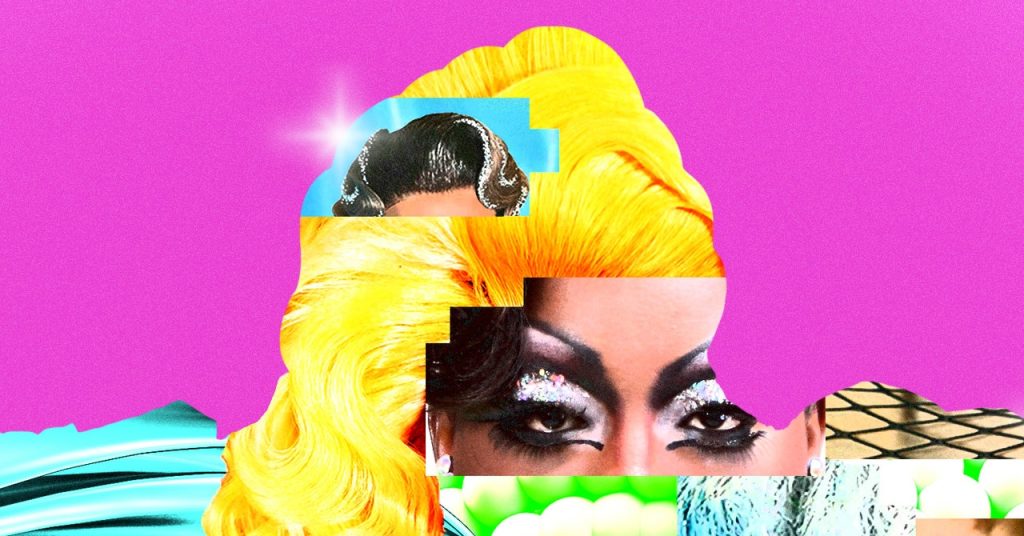AI-Generated Drag Queens: Blurring the Lines Between Reality and Fiction
In its 16th season, “RuPaul’s Drag Race” has inspired a new wave of creativity, with fans using artificial intelligence to generate their own fictional drag queens and pit them against each other in virtual competitions.
The Legal Gray Area of AI-Generated Characters
While the “fair use” doctrine of the Copyright Act protects “transformative” works, there are still questions about whether AI should be allowed to generate images of copyrighted characters. James Grimmelmann, a professor of digital and information law at Cornell University, suggests that a court may one day decide that AI models cannot train on or produce outputs depicting copyrighted characters, which he believes would be a loss to culture but potentially consistent with existing copyright law.
The Creative Process Behind AI Drag Queens
Michael, a fashion illustrator based in Europe, runs the Official AI Drag Race Instagram account. He creates detailed descriptions of each queen’s appearance, including their ethnicity, body type, hair, and outfit, and then uses AI to generate the images. Michael often has to tweak the prompts multiple times to achieve the desired result, leveraging his fashion expertise to create realistic costumes and looks.
Limitations and Unintentional Hilarity
Despite the impressive capabilities of AI, there are still limitations when it comes to generating diverse and consistent drag queen images. Creators have encountered difficulties in producing plus-size queens, queens of color, and specific makeup looks. Additionally, when generating multiple images of the same performer, AI can sometimes produce unintentionally humorous results, such as wigs and dresses that grow increasingly larger or vary from frame to frame.
The Formula of Drag Race and Its Role in AI-Generated Competitions
The long-running series “RuPaul’s Drag Race” has established a familiar set of beats, characters, and story points that make AI-generated drag competitions work. Creators know they need to include a diverse range of queens, from comedy queens to fashion queens, and can often predict how each character will fare based on their tendencies and the show’s established tropes.
AI drag is an accumulation of all previously done concepts and ideas. That’s what makes it interesting, but also grounded in a way. The image generators are trained on videos and photos and web searches that contain the full history of drag, fashion, and pop culture, making what they create an accumulation of queer culture overall.
Más, the creator of Fantasy Drag Race, believes that AI has a unique ability to synthesize ideas from the history of drag, fashion, and pop culture, resulting in a blend of the real and unreal that captivates followers.
Emotional Attachment and Potential Consequences
Followers of AI-generated drag competitions often become emotionally attached to the fictional queens, sometimes even believing they are real people. While some creators argue that their work is parody, others acknowledge the potential for legal issues, as several accounts featuring copyrighted characters have already been removed from Instagram.
The Impact on Real Drag Queens
Some creators have faced criticism for potentially taking away jobs from real drag queens, but Michael argues that his passion project is not taking money away from human performers. In fact, some real-life drag queens, including contestants from “RuPaul’s Drag Race,” have embraced AI-generated drag, with one queen even wearing an AI-inspired look on the runway.
As the lines between reality and fiction continue to blur, AI-generated drag queens are sparking conversations about creativity, copyright, and the future of drag culture.

3 Comments
RuPaul’s digital doppelgangers sashaying across social media? Now that’s a gag-worthy evolution!
Silicon sequins and binary baes strutting online? Shantay, AI stays!
Digital queens on your screens? Werk, algorithms, werk!